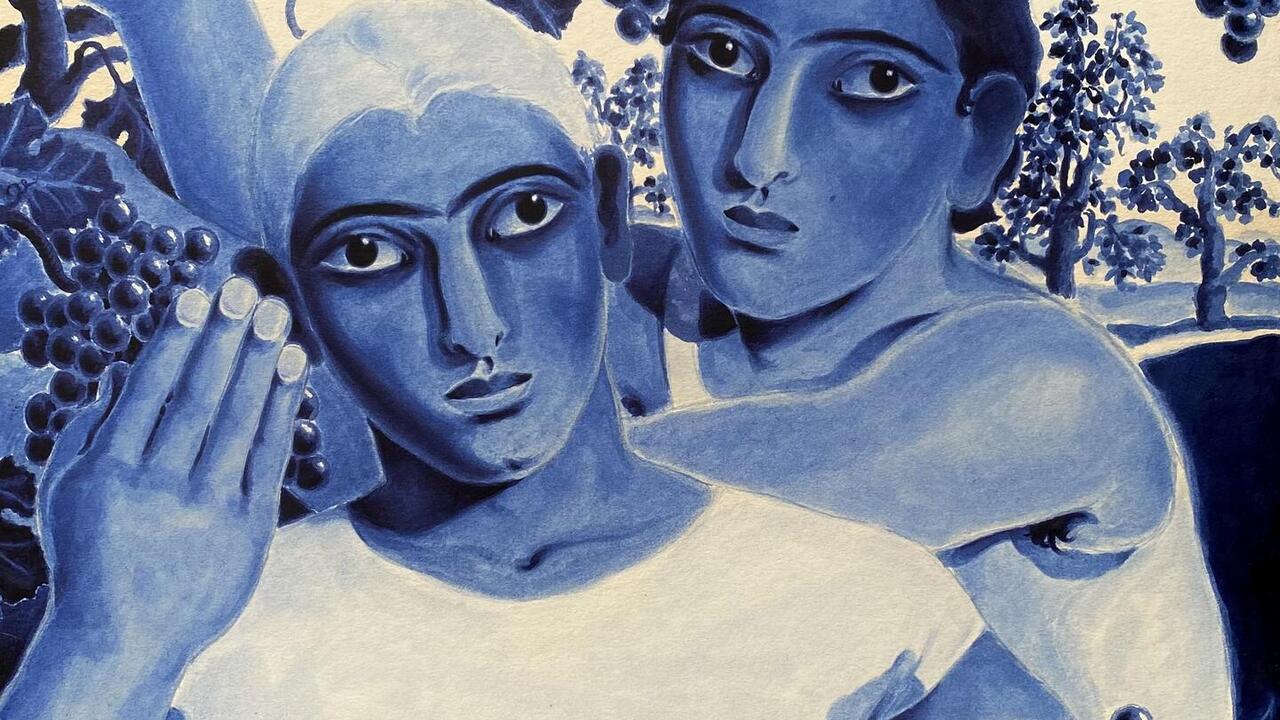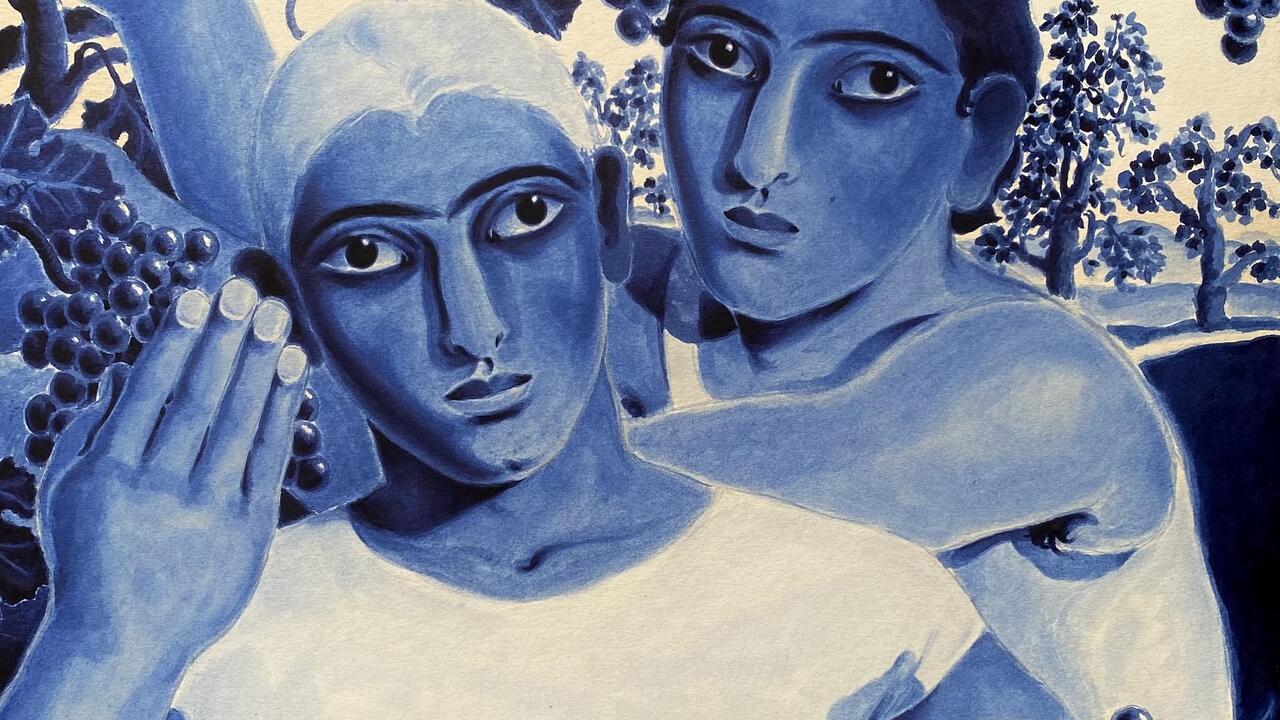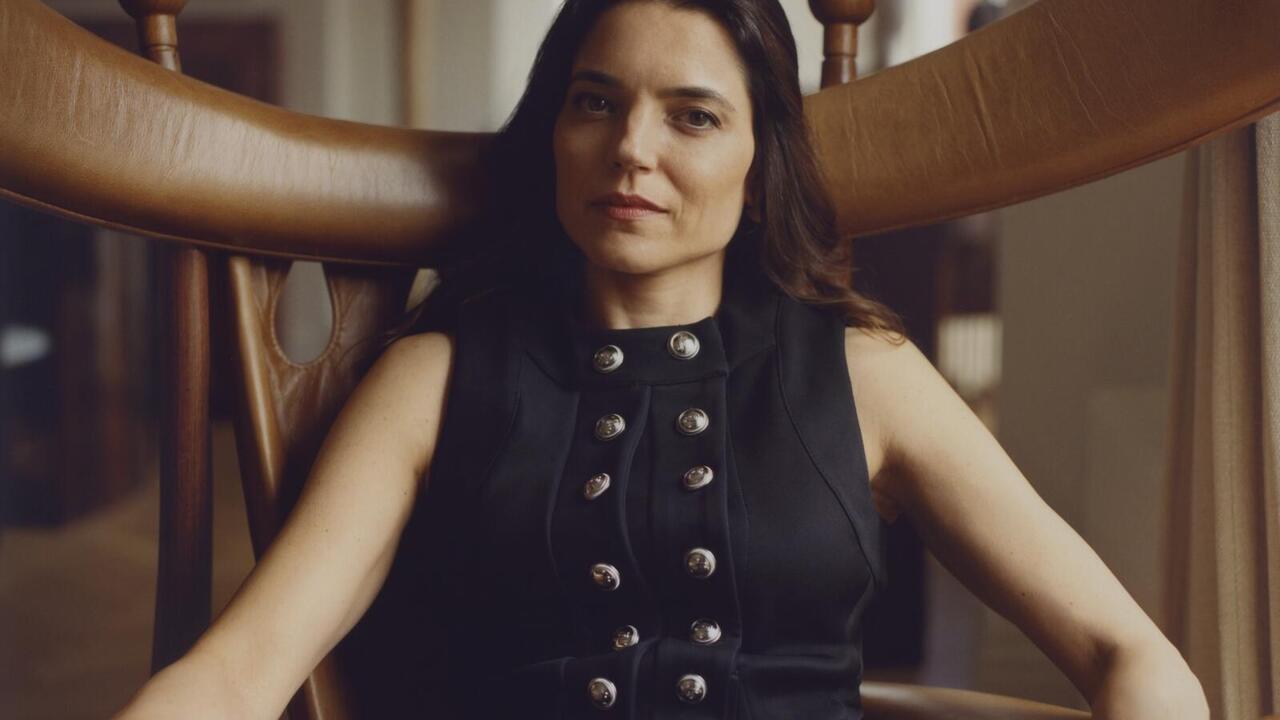33rd Ljubljana Biennial of Graphic Arts and The Powerful Language of Satire
From political caricatures to self-contradictory statements by Donald Trump, this year’s edition of the biennial pays tribute to the potential of satire
From political caricatures to self-contradictory statements by Donald Trump, this year’s edition of the biennial pays tribute to the potential of satire

For ‘Crack Up – Crack Down’, the 33rd Biennial of Graphic Arts in Ljubljana, the collective Slavs and Tatars took satire as a thematic starting point. ‘How does graphic language, designed for clarity,’ they ask in the show’s curatorial statement, ‘allow for the ambiguity crucial for art’s affective potential as well as its infra-political resistance?’ This question is explored through the presentation of more than 100 works by 30 artists spread across nine venues in the Slovenian capital.
Slavs and Tatars’ approach aligns with the original impetus of the biennial, which, from its inception in 1955, sought to use the low cost of production and portability of graphic arts to enable dialogue between artists on both sides of the Iron Curtain. In 1963, for example, work by Robert Rauschenberg was able to hang alongside that of Russian artist Erik Bulatov because the artists could have, theoretically, put prints in tubes and dropped them in the mail. This year, recent works by Anna Uddenberg and Martine Gutierrez met the archive of Slovenian graphic artist and painter Stane Jagodič, who has been active since the late 1960s.

In a room with pink-painted walls, a pink bench and pink curtains, we watch Gutierrez as she assumes various identities, questioning the coding of heteronormative gender roles, in the 49-minute video Martine pt. I–IX (2012–16). Paired with Finger V (2018), Uddenberg’s sculpture of an oversized digit with a pink acrylic nail (which in its isolated state seems to be flipping the bird), a room of what could be soft femininity transmutes into a space screaming: ‘Fuck the patriarchy!’ Upstairs, Jagodič’s photomontage works are also politically inspired: former British Prime Minister Margaret Thatcher’s smiling face is set atop a workman’s body, as he bends over to close a vault (Tightening, 1985); Karl Marx’s grim face stares out at the viewer, his body replaced by that of a shirtless man with dwarfism kneeling in the sand and flexing a pair of barely there biceps (Mens sana in corpore sano, 1985). Allusions to the Labour Movement and the workers’ lack of agency aside, the title itself – ‘Healthy Body, Healthy Mind’ – speaks, satirically of course, to the artist’s own political views.

An installation of lithographs published by the scholar and Marxist activist Eduard Fuchs (No More Fuchs Left to Give, 2019) – selected by Arthur Fournier and Raphael Koenig – continues the political focus by examining the role of caricature during the early-20th-century rise of fascism in Germany. Lawrence Abu Hamdan’s Disputed Utterance (dioramas) (2019) develops an ongoing series of works produced using palatography: a technique that helps speech specialists determine which parts of an individual’s mouth are utilized when making certain sounds. Next to seven images of different mouths are wall texts describing seven instances of ‘disputed utterances’ – legal jargon for cases in which a recorded word or phrase is subject to questioning and the result determines the defendant’s fate. One bungee jumper, for instance, fell to her death having heard ‘Now jump!’ instead of ‘No jump!’ Also included are self-contradictory statements US President Donald Trump made in July 2018 about Russian interference in the US election. Trump’s case elicits laughter at his idiocy and is representative of his near-constant stream of comparable mistakes: almost any of his speeches could have appeared on this wall.
The majority of works in ‘Crack Up – Crack Down’, and even the multiple inflections of the title itself, demonstrate how powerful the language of satire can be. Yet, despite the many pieces that succeeded in making me laugh and gag simultaneously, the biennial implies that it is rare for satire’s important political messages to be genuinely heeded or acted upon. Ultimately, the powerful topics addressed in this exhibition were softened – at times almost to the point of muteness – by laughter. For better or worse, I left with a smirk.
The 33rd Ljubljana Biennale for Graphic Arts runs until 29 September 2019.
Main image: Honza Zamojski, The Gathering and The Meeting, 2019, installation view, 33rd Ljubljana Biennial, 2019. Courtesy: the artist; photograph: Jaka Babni, MGLC Archive






















